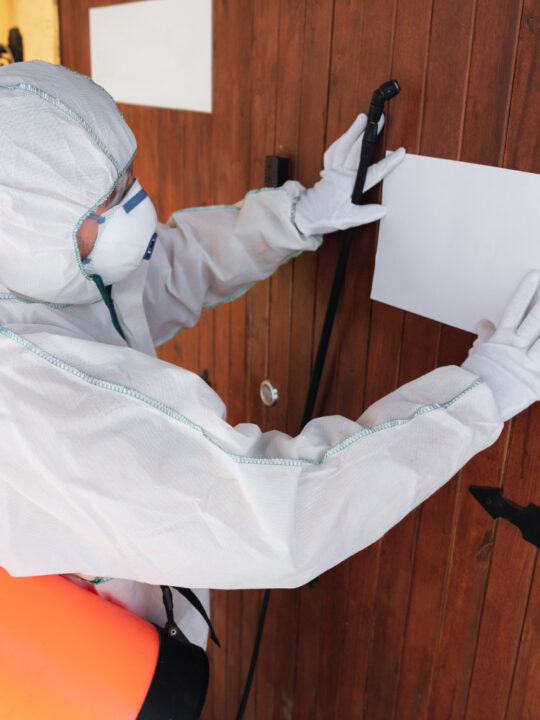
If you own a swimming pool, you know all the joys of relaxation and the headaches of maintenance that come with it.
Pool repair costs and a pool filter cost alone can make you re-think your decision to own a pool. You do not have to be swimming in money to own a pool, though.
When you pay attention to your operating costs, you will quickly see ways you can lower your monthly bills. Keep reading to learn about the benefits of a variable frequency drive pool pump.
Table of Contents
What is a Variable Frequency Drive Pump?
A variable frequency drive pump is a pump with the ability to move water at more than one speed. Previous to 2008, just about every inground pool pump came in one model: the single-speed pump.
Single-speed pumps generally run on high horsepower. The water pump creates friction and pressure when it moves water quickly with high horsepower. This kind of movement requires a great amount of power.
Variable speed pumps will do just that: they will vary the speed.
Companies like Invertek Drives Midwest, LLC pride themselves on selling the best variable speed pumps on the market.
What is the Typical Cost to Run a Pool Pump?
The cost of running your pool depends completely on the size of your pool pump. The higher your horsepower, the more the cost to run your pool pump.
For example, a 2.5 hp pump that runs 8-10 hours a day will use up to 447-kilowatt hours a month.
The cost of a kilowatt depends on your provider. As of January 2020, the average kilowatt-hour costs 13.19 cents.
So a 2.5 hp pump running 8 to 10 hours a day will cost you around $59.
How an Energy-Efficient Pool Pump Saves You Money
Single-speed pumps may look enticing at first glance. They cost less to buy upfront. Single-speed pumps will cost you as little as $150 for a basic, above-ground pump. Single-speed pumps are also the noisiest pumps on the market and require the most frequent filter changes.
Single-speed pumps run at full speed even when you do not need them to. Running a single-speed pump is like running a fan at high speed in your house all day long.
Variable-speed pumps, in contrast, are the most expensive pumps on the market. They will cost anywhere from $800 to $1,500 upfront. They also are the quietest pumps out there and last longer than a typical single-speed pump.
When you use a variable speed pump, also known as an energy-efficient pool pump, you can save some serious money. The $59 you’re spending above may not sound like much on a monthly basis. What if you could cut that cost in half, though?
Experts estimate that pool owners can save nearly $500 if they use an energy-efficient pool pump or a variable-speed pump. That means you can have an extra $500 to put toward pool improvements rather than pool maintenance.
Save Energy, Save Money
A variable frequency drive pool pump will cost you more upfront, but ultimately, it will save you money. Your monthly energy costs will go down, and you will have more money in your pocket to make your pool area an even better space.
For more money-saving and life-enhancing tips, keep visiting our blog.







